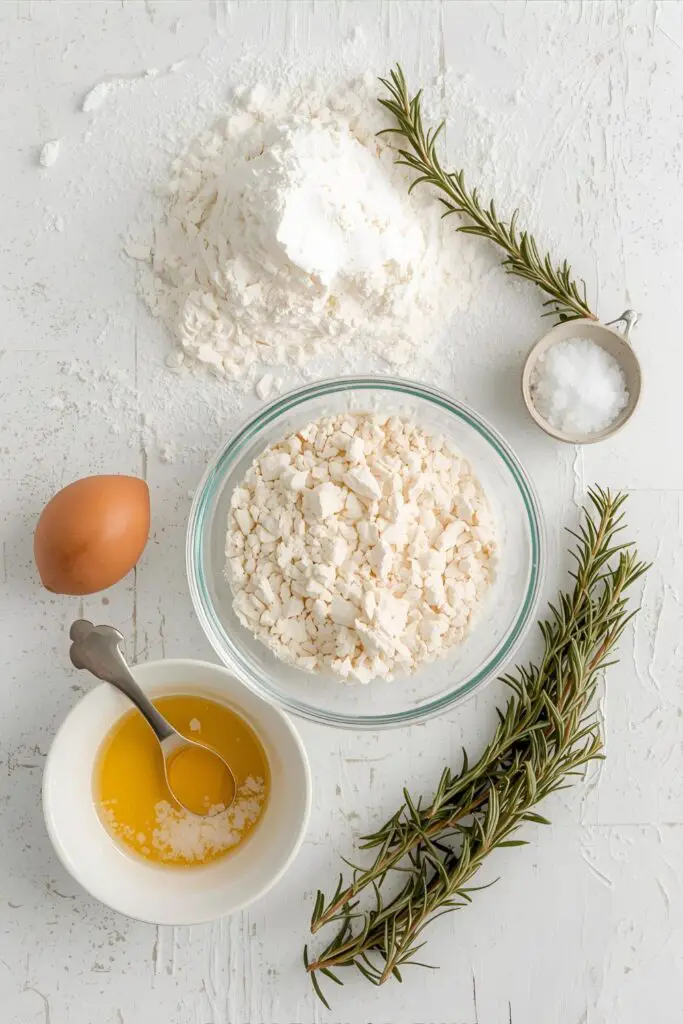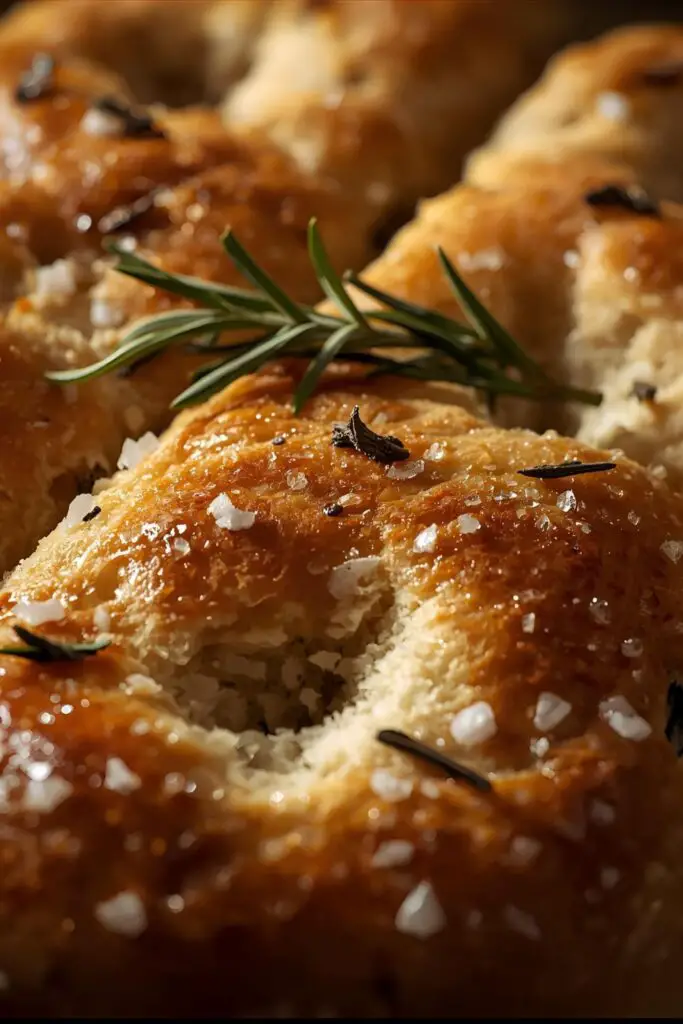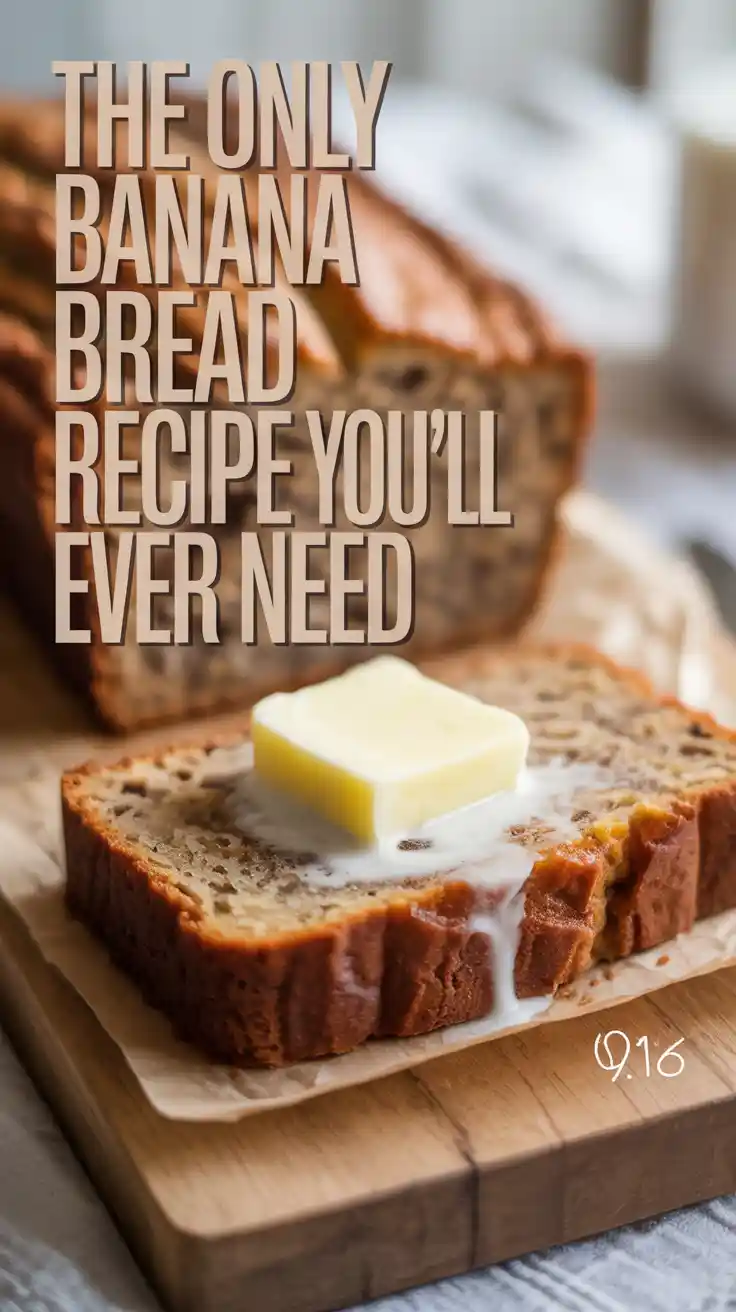The Ridiculously Easy Guide on How to Make Focaccia Bread (No, Seriously)
Let’s talk about the fear of yeast. We’ve all been there, right? Staring at that little packet like it’s an unpredictable science experiment that’s one wrong move away from either doing nothing or exploding. But what if I told you that you, yes you, could create a pillowy, dimpled, olive-oil-drenched masterpiece? Today, we are tackling how to make focaccia bread, and I promise it’s so easy, you’ll wonder why you ever bought that sad, plastic-wrapped stuff from the store. You’re about to become the bread-baking hero you were always meant to be. Let’s get this bread!
Why This Focaccia Recipe Will Change Your Life
Okay, a bit dramatic, but hear me out. Why is this the focaccia recipe you need? Because it’s practically foolproof and delivers a ridiculously impressive result. Imagine pulling a golden, bubbly, fragrant slab of bread from your oven. The crust is perfectly crisp, the inside is airy and chewy, and those little pools of olive oil are just begging to be soaked up. It’s the kind of bread that makes your friends think you’re a culinary wizard. TBH, it’s mostly just you letting the dough do its thing while you catch up on your favorite show. It’s the ultimate low-effort, high-reward kitchen project. Plus, it’s a blank canvas for literally any topping you can dream of. What’s not to love?
The Ingredient Lineup
You don’t need a pantry overhaul for this. We’re working with some very basic, very friendly ingredients.
- Warm Water: About 1 1/2 cups (360 ml). Think baby’s bathwater temperature, around 105-115°F (40-46°C). Too hot, and you’ll commit yeasticide. Too cold, and the yeast won’t wake up from its nap.
- Active Dry Yeast: One packet, which is 2 1/4 teaspoons. You can also use instant yeast; if so, you can skip the “blooming” step.
- Honey or Sugar: Just 1 teaspoon to give the yeast a little snack to get it going.
- All-Purpose Flour: About 3 1/2 to 4 cups (420-480g). Bread flour also works for an even chewier texture, but AP flour is totally fine.
- Fine Sea Salt: 2 teaspoons, for flavor. Don’t skip this!
- Extra Virgin Olive Oil: A LOT. We’re talking at least 1/4 cup (60 ml) for the dough, plus more for the pan and drizzling. This is not the time to be shy with the good stuff.
- Flaky Sea Salt & Toppings: For that glorious finish. Think rosemary, sliced olives, cherry tomatoes, garlic slivers… whatever your heart desires!
Your Trusty Kitchen Tools & Gadgets
Having the right gear makes any job easier, and baking is no exception. Here’s your toolkit for focaccia domination:
- Stand Mixer with Dough Hook: While not strictly necessary (you can do this by hand), a stand mixer makes the process laughably easy.
- Large Mixing Bowl: If you’re going old-school and mixing by hand, or for letting the dough rise.
- Measuring Cups and Spoons: For accuracy. Baking is a science, after all. Ish.
- Digital Kitchen Scale: For the most precise flour measurement, if you’re feeling extra professional.
- 9×13 Inch Baking Pan: A metal one works best for a crispy bottom crust.
- Silicone Spatula: For scraping down the sticky dough.
- Plastic Wrap or a Clean Kitchen Towel: To cover the dough while it rises.
Let’s Bake! Step-by-Step to Focaccia Glory
Ready to get your hands (or your mixer) dirty? Let’s walk through this, one simple step at a time.
H3: Step 1: Wake Up the Yeast
In the bowl of your stand mixer (or a large mixing bowl), combine the warm water, honey/sugar, and yeast. Give it a gentle stir and then let it sit for 5-10 minutes. You’re looking for it to get foamy or “bubbly” on top. This is called blooming, and it’s how you know your yeast is alive and kicking. If nothing happens after 10 minutes… I’m sorry for your loss. Your yeast is dead. Time to start over with a fresh packet.
H3: Step 2: Make the Dough (Embrace the Stickiness)
Once your yeast is frothy and happy, add 3 1/2 cups of flour, 2 teaspoons of fine sea salt, and 1/4 cup of olive oil to the bowl. If using a stand mixer, attach the dough hook and mix on low speed until everything comes together. Then, increase the speed to medium and let it knead for about 5-7 minutes. The dough will be very soft and sticky. Don’t panic and add a bunch more flour! This is what we want. If mixing by hand, use a wooden spoon to combine everything, then turn it out onto a lightly floured surface and knead for about 8-10 minutes until it’s smooth and elastic. It will still be sticky, just work with it.
H3: Step 3: The First Rise (aka The Waiting Game)
Grease a large bowl with a little olive oil. Transfer your sticky dough into the bowl and turn it over once to coat it in oil. Cover the bowl with plastic wrap or a damp kitchen towel. Now, find a warm, draft-free spot in your kitchen and let the dough rise for 1-2 hours, or until it has doubled in size. This is a great time to do literally anything else.
H3: Step 4: Prep the Pan and Do the Second Rise
Pour about 2-3 tablespoons of olive oil into your 9×13 inch baking pan and spread it around to generously coat the entire bottom and sides. Gently punch down the risen dough to release the air, then transfer it to the oiled pan. Gently press and stretch the dough to fit the pan. It might not reach the corners perfectly at first, and that’s okay. Cover the pan and let it rest for another 30-45 minutes. This is the second rise, and it makes the bread super fluffy.
H3: Step 5: The Fun Part – Dimpling!
Preheat your oven to 425°F (220°C). Uncover the dough. Drizzle another 1-2 tablespoons of olive oil over the top. Now, for the most satisfying step: dimpling. Oil your fingertips and press them firmly into the dough, creating little pockets all over the surface. Don’t be gentle; press all the way down to the bottom of the pan. This is what gives focaccia its signature look.
H3: Step 6: Top It and Bake It
Sprinkle the top generously with flaky sea salt. Add any other toppings you’re using, like fresh rosemary sprigs, olives, or cherry tomatoes. Bake for 20-25 minutes, or until the top is deeply golden brown and crispy. The smell in your kitchen will be absolutely divine.
H3: Step 7: Cool and Devour
Once it’s out of the oven, you can drizzle it with a tiny bit more olive oil if you’re feeling extra. Let it cool in the pan for a few minutes before transferring it to a wire rack to cool slightly. Slice it up and serve it warm. You did it! You’re a bread artist.
Calories & Nutritional Info: The Delicious Details
Let’s be real, focaccia is a treat, not a health food. But knowledge is power, right? Here’s an approximate breakdown for one slice (assuming you cut it into 12 pieces).
- Calories: Around 200-250 kcal
- Carbohydrates: Approximately 30-35g
- Fat: Roughly 7-10g (mostly from that glorious olive oil!)
- Protein: Around 5-6g
- Sodium: Varies based on salt, but can be around 300-400mg
It’s basically delicious, oily carb therapy. Enjoy it in moderation. Or not. I’m not your boss.
Common Mistakes to Avoid: Don’t Ruin Your Masterpiece!
Even easy recipes have pitfalls. Here’s how to avoid them and ensure your focaccia is flawless.
- Murdering Your Yeast: Using water that is too hot is the number one yeast killer. Use a thermometer if you’re unsure.
- Being Shy with Olive Oil: This is not the recipe to skimp on oil. It creates the crispy crust and the tender crumb. More is more!
- Under-Proofing the Dough: If you get impatient and don’t let your dough double in size, you’ll end up with dense, sad bread. Give it time!
- Adding Too Much Flour: The dough is supposed to be sticky. Resisting the urge to add more flour is key to a light, airy texture. Trust the process.
- Over-Baking: Keep an eye on it! You want a deep golden brown, not a dark, dry brick. Every oven is different.
Variations & Customizations: Pimp Your Focaccia
Once you’ve mastered the basic recipe, it’s time to get creative. The possibilities are endless!
- Cheesy Garlic Bomb Focaccia: Before the second rise, press in whole cloves of roasted garlic. After dimpling, sprinkle generously with shredded mozzarella, parmesan, and a little dried oregano before baking.
- Spicy Jalapeño & Cheddar: Fold in about 1/2 cup of shredded sharp cheddar cheese and 1-2 chopped jalapeños (seeds removed if you’re not a total fire-eater) into the dough during the last minute of kneading.
- Sweet & Savory Fig and Onion: Top the dimpled dough with thinly sliced red onions, halved fresh figs, and a sprinkle of balsamic glaze after it comes out of the oven. This one is seriously gourmet.
FAQ Section: All Your Focaccia Questions, Answered
Got a question? Chances are, someone else has asked it too. Let’s clear things up.
Q1: Can I make focaccia without a stand mixer?
A: Absolutely! It just requires a bit more elbow grease. Knead the sticky dough on a lightly floured surface for about 8-10 minutes until it becomes smooth and elastic. It’s a great arm workout!
Q2: Why is my focaccia dense and not fluffy?
A: This is usually due to one of two culprits: your yeast was dead (it didn’t get foamy in the first step) or you didn’t let the dough rise long enough (under-proofed). Make sure your dough truly doubles in size.
Q3: Can I make the dough ahead of time?
A: Yes! After the first rise, you can cover the bowl and place it in the refrigerator for up to 3 days. This cold fermentation actually develops a more complex flavor. When ready to bake, let it sit at room temperature for about an hour before proceeding with the pan and second rise.
Q4: What are the best toppings for focaccia?
A: The sky’s the limit! Classic choices include rosemary, flaky salt, olives, and cherry tomatoes. But you can also try caramelized onions, sun-dried tomatoes, roasted garlic, different cheeses, or sliced potatoes.
Q5: What’s the difference between focaccia and pizza dough?
A: They are very similar, but focaccia dough is typically a wetter dough (higher hydration) and uses significantly more olive oil both in the dough and in the pan, which essentially fries the bottom, making it super crisp.
Q6: How do I store leftover focaccia?
A: Store it in an airtight container or wrap it well at room temperature for up to 2 days. To reheat and bring back its crispy texture, pop it in a 375°F (190°C) oven for a few minutes.
Q7: Do I have to use bread flour?
A: Nope! All-purpose flour works wonderfully. Bread flour has a higher protein content, which will give you a slightly chewier result, but it’s not a deal-breaker at all.
Final Thoughts: Go Forth and Be a Bread God/Goddess
Look at you! You’ve navigated the treacherous waters of yeast and emerged victorious with a pan of stunning, delicious focaccia. You’re officially a bread baker. Go ahead, tear off a warm piece, dip it in more olive oil, and pat yourself on the back. You’ll never look at that store-bought stuff the same way again. Now, go share your creation… or don’t. I won’t judge. 😉




